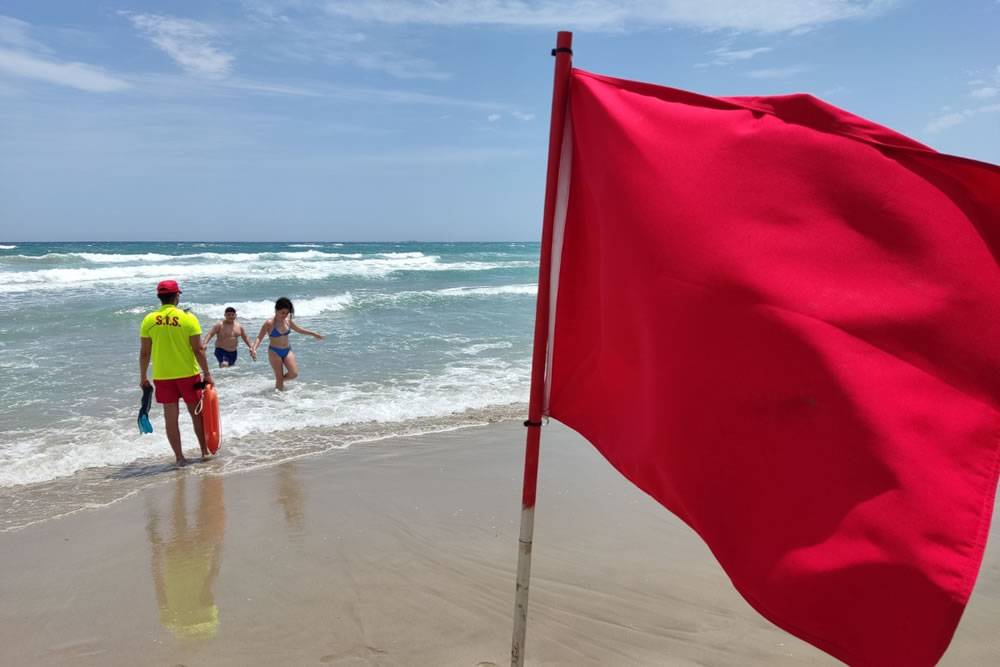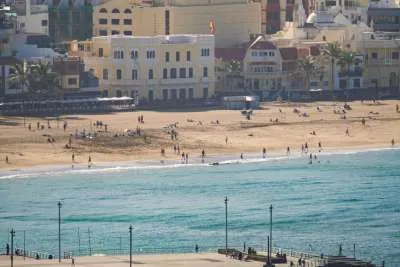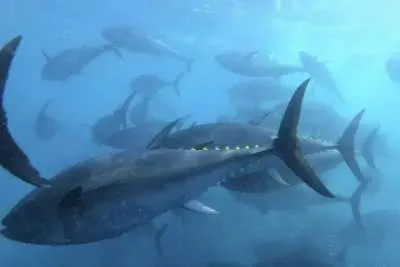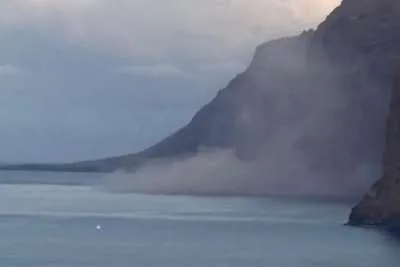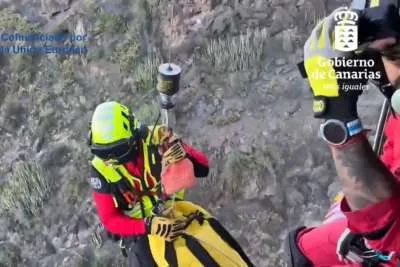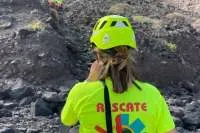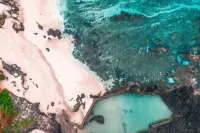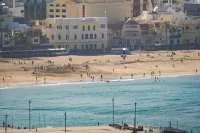Canarias 1,500 Km de Costa issue 10 ‘commandments’ to prevent drownings this summer
- 07-07-2025
- National
- Canarian Weekly
- Photo Credit: Cadena Ser
As the summer season gets fully underway, the association Canarias, 1,500 Km de Costa has once again published its annual ‘Ten Commandments’, essential guidelines to help prevent drowning and advise how to act in an aquatic emergency. These simple yet vital tips aim to reduce the risk of tragedies in the water.
So far this year, 36 people have lost their lives to drowning in the Canary Islands, underlining the importance of raising awareness and following basic safety measures, especially as millions of people flock to the coasts and swimming pools across the archipelago.
THE TEN KEY SAFETY RULES:
1. Never swim when the red flag is flying — the leading cause of drowning
The association highlights that 80% of accidents at sea happen because bathers ignore the beach flag system. A red flag means bathing is strictly prohibited, it’s the number one cause of drowning. “A red flag is like a red traffic light,” they warn. Yet many people still take the risk. Always respect the flag and choose beaches with lifeguard services.
2. Never swim against a rip current
Rip currents are powerful channels of water moving away from shore and are the second leading cause of drowning. They can be stronger than ten Olympic swimmers combined. If you’re caught in one, don’t try to swim against it. Stay calm, conserve energy, float, and signal for help by waving your arms.
3. Don’t become the ‘wrong hero’
If you see someone in difficulty, keep calm and call emergency services immediately on 1-1-2. If weather conditions are dangerous, strong winds, waves, or currents, don’t jump in. If you must attempt a rescue, always remove your clothes and take a floatation aid with you. Otherwise, you could become another victim.
4. Beware of ‘invisible drowning’ syndrome
This phenomenon often tragically involves children. It happens when someone appears to be playing or diving underwater, but is actually unconscious and drowning, often in plain sight of others. Always watch children closely and look for signs of trouble.
5. Wear a helmet and life jacket when fishing on rocks
If you go fishing on cliffs or rocky shores, always check the weather and sea conditions before leaving home. Wear appropriate footwear, a helmet, and most importantly, a life jacket.
6. Inflatables are not lifesavers —they could be deadly toys
Children are the most vulnerable around water. It only takes 27 seconds for a one-year-old to drown. Avoid using inflatable toys in the sea. Floats shaped like animals can act like sails and drag children out to deeper water. Armbands and circular floats also offer questionable safety. Adults should always accompany children in the water.
7. Selfies: think twice
Taking selfies on cliffs or rocky coastlines has become increasingly popular, but also dangerous, especially when trying to capture dramatic waves. A slip for the perfect shot can easily lead to serious accidents.
8. Diving is an extreme sport
Never dive alone. Always go with at least one other person and preferably with a qualified professional. Check your gear beforehand and be honest about your physical condition and limitations. Remember, diving is a risky activity.
9. Be cautious of ‘cold water shock’ after eating or sunbathing
After a heavy meal or prolonged sun exposure, enter the water gradually. Avoid staying in the sun for more than 30 minutes at a time and always use high-factor sun cream.
10. Extra care in rivers, reservoirs, lakes and ponds
If swimming in freshwater environments like reservoirs or mountain rivers, check that swimming is allowed. Freshwater is less buoyant than seawater, so using a life jacket or flotation device is advisable.
Common sense and emergency numbers save lives
Canarias, 1,500 Km de Costa urges everyone to use common sense and follow these basic recommendations. And remember: in any emergency, always call 1-1-2.
Other articles that may interest you...
Trending
Most Read Articles
Featured Videos
A Vision of Elvis Tenerife Promo
- 10-05-2025
TEAs 2025 Highlights
- 17-11-2025


